Gato class submarines
The results of the military operations of the US Navy in the Pacific during World War II were a real triumph for the US Navy. A huge contribution to the victory over Japan was made by American submarines, which sank Japanese ships and ships with a total displacement of 5 million tons.
The formation of modern American underwater fleet began in the 1930s with the construction of several large submarines capable of operating in the ocean. From each other, they differed in equipment and characteristics. Analysis of the pilot operation of these submarines made it possible to make the choice of the most successful model. It was he who began to improve and used in serial production.
It was a submarine Cachalot SS-170. In its production, instead of traditional riveting, welding was used. This reduced the mass of the structure while increasing its strength. In addition, this submarine favorably differed by the presence of an electromechanical computing device TDS, which allows to solve aiming tasks during firing with torpedoes. TDS automatically introduced anticipation into the torpedo control system, the target angle, and also the depth of the course.
On the basis of the submarine Cachalot in the 1933 year laid the series of 10 submarines "Tour P". The new submarines, in contrast to the prototype, had a large displacement and size, which allowed installing a diesel-electric power plant of greater capacity (Cachalot was equipped with a conventional diesel engine with direct transmission) and an air conditioning system. The last improvement was the most important. Air conditioning systems not only improved the conditions of habitability, but also ensured safety by eliminating increased air humidity in the compartments (the main cause of short circuits in electrical circuits).
The maximum depth of the submarines "Ture P" was equal to 75 meters. The main armament consisted of 16 torpedoes and four bow and two stern torpedo tubes. Ten built submarines "Ture P" can be divided into two series. The first (4 submarines) was commissioned in 1935 — 1936. and the second (6 submarines) - in 1936 — 1937. Submarines of the second series differed more powerful diesel powerplant.
Following the "Tour P", the US Navy ordered 16 Salmon-type submarines with reinforced weapons. They mounted a couple of additional feed torpedo tubes. Thus, the number of torpedo tubes increased to ten: 6 bow and 4 fodder. The number of torpedoes increased to 24. According to some experts, the electric motor on the submarines "Ture P" can be disabled by damage to the power cable. In this regard, the developers of the first six “Salmon” series submarines (commissioned in 1937 — 1938) did not install a diesel-electric power plant, but returned to direct transmission from the engines to the propeller shaft.
But strong vibrations, high noise and an increase in battery charging time forced the developers in the remaining ten submarines (named after the lead ship into a separate type of “Sargo”) to return to the scheme using a diesel-electric power plant, which lacked the above disadvantages. During the rework on the submarine, it was possible to additionally place 44 tons of fuel and double the capacity of the batteries, which increased the range of the surface run (by 1000 miles) and scuba diving (85 miles).
The next step in the development of American submarines were the Tambor submarines, carrying torpedoes and 24 torpedo tubes on board the 10. "Tambor" - the last production submarine, which entered service in the Pacific before the war. For the rest of the characteristics, including the type of power plant, it did not differ from the first series of submarines “Salmon”.
After Pearl Harbor, it became clear that the Japanese expansion could be stopped only with an asymmetrical response. Admirals Nimitz and King were invited to act in two directions: to conduct deterrent battles and strike deep into the territory of Japan. The fleet command had several aircraft carriers, about 30 squadron submarines, 10 old class V submarines and several dilapidated submarines of class S.
Aircraft carrier forces managed to contain the Japanese offensive. The Japanese lost in the Coral Sea, and the Midway Atoll was completely defeated. In principle, the United States won the war in the Pacific theater, it was enough to tighten it and wait until Japan exhausted resources. But these two decisive operations precipitated the defeat of the Japanese Empire.
Deep strikes were delivered almost exclusively by submarines. With the exception of a raid on Tokyo Doolittle in April 1942, US aircraft could not reach the territory of Japan until the middle of 1943. From the first days of the war American submarines operated in the depths of enemy territory, striking convoys. Initially, the effectiveness of the submarines was lower than expected. The main reason was the excessive caution of the boat commanders, who had not yet received real combat experience. The unreliability of torpedo fuses and the frequent descent of torpedoes from the course presented a noticeable problem. Finally, the submarines were too small to create a serious threat to the communications of the enemy. 40 with a small boat, including a dozen old ones, was obviously not enough.
The last problem was solved most easily. The original budget of 1941, which involved the construction of 6 submarines, was revised to a sharp increase in their numbers as the war began. France’s capitulation also forced the US government to dramatically increase funding for the shipbuilding program. 20 in May 1940. 6 was added to 22 to the planned submarines, while 16 of August ordered 43 submarines. All submarines were ordered by: Electric Boat Company (41); Portsmouth Naval Shipyard (14); Mare Island Naval Shipyard (10). Soon, the company Mare Island Naval Shipyard freed 2 stocks, and in April 1941, she received an order for 2 additional submarines. Thus, before the attack on Pearl Harbor 73 class submarines "Gato" was built. By 07.12.1941, only one submarine of this type, the Drum (SS 228), was put into operation, but in the first days after the raid, 10 boats were launched, and the 21 was laid. The pace of production has steadily increased.
Seventy three Gato class submarines were assigned numbers from SS 212 to SS 284. Unlike the fleets of other countries, where tactical numbers are assigned arbitrarily and can vary, the ship receives a permanent number in the US fleet. As a rule, a number consists of a two-letter index (type of vessel) and a serial number. Numbers are allocated blocks for different shipyards. For example, the block of SS numbers 212-227 was allocated to Electric Boat Company, a SS numbers 228-235 - Portsmouth Naval Shipyard. These numbers did not carry information about the order of bookmarking, launching or commissioning the ship. Therefore, the submarine "Drum" (SS 228) laid and put into operation earlier formally the first submarine of the series "Gato" (SS 212). The numbers of the vessels whose construction was discontinued fell out of sequence. Although the last submarine of the Gato series was the Grenadier (SS 525), there were gaps in the series among the younger numbers. Also canceled further series, up to SS 562. In this regard, the first post-war series of submarines became 6 submarines of the “Tang” class with numbers starting from SS 563. In case the ship was reworked, the letter prefix was changed, but the number remained unchanged. For example, “Cavalla” (SS 244) in 1952 was converted into PLO, its designation changed to SSK 244.
From their predecessors, the submarines of the Tambor class, the submarines of the Gato class differed in details. Gato was heavier on the 51 ton and longer on the 1,4 m. The extra length allowed the installation of more powerful diesel engines and additional bulkheads between the engine compartments. The first submarines "Gato" equipped with old diesel engines, like the "Tambor". However, the elongation of the hull improved hydrodynamics, which made it possible to win half the speed node in the surface position (21 node). On the submarine also installed more powerful batteries, which increased the speed in a submerged position by a quarter of the node (to 9 nodes). Additional volume was used to increase fuel and oil reserves up to 94000 gal (355829 L). This ensured the 12 thrust range for thousands of miles at a speed of 10 nodes. According to the results of the operation of submarines of the “Tambor” class, the internal reinforcement was strengthened, increasing the maximum immersion depth (to 15 meters) by 91,5 m. The estimated crush depth has not changed - 152 m. The maximum depth of the dive was equal to the depth at which the submarine can act without problems and leaks associated with an increase in pressure. During the fighting captains often exceeded the maximum depth, trying to avoid depth charges.
There were small differences between submarines produced by different shipyards. The most notable of these was the configuration of the drainage holes. Drainage holes on submarines built at government shipyards were more numerous and went farther in the stern and bow than in submarines launched by Electric Boat. Later, many submarines received additional equipment and weapons, so their appearance could vary widely.
Gato-class submarines had two hulls. The inner robust hull was surrounded by a light outer hull, inside which were placed fuel tanks, trim tanks and ballast tanks. The central part of the robust housing is a cylindrical construction made of 14,3 steel. The robust hull was conically tapered to the bow and stern, and the conning cylinder was attached to the hull from above. The sturdy casing had a maximum diameter of 16 feet (4,9 meters).
To the outer hull on top of the deck and attached superstructure. The shape of the outer hull ensured a high surface speed. On the nose were capstan and anchor, buoyancy tank and front depth rudders. The deck structure in front of the bridge and behind it was reinforced. There were installed two guns of caliber 76,2 mm (length of barrel 50 calibers), but in practice they left one gun or both were dismantled.
Air was accumulating under the deck, which slowed down the submarine dive. To eliminate this drawback, drainage holes were made in the deck. On top of the conning tower covered the bridge fence. Deck for the cabin got the nickname "cigarette", because it was there the sailors went out to smoke. An anti-aircraft machine gun was also installed here: Browning 12,7 caliber or 7,62 mm. When immersed machine gun retracted inside the submarine.
The robust submarine hull of the “Gato” class inside was divided into 10 waterproof compartments.
Nasal torpedo compartment
The nasal torpedo compartment served to accommodate six torpedo tubes (4 — above deck, 2 — below deck). Going to a military campaign, the boat carried one torpedo in each tube. To 4, upper torpedo tubes had 2 spare torpedoes, to the underdeck vehicles - only one at a time. There were a total of torpedoes for the nasal tubes. From the front torpedo compartment, the sonar and the hydrodynamic lag were pushed out and pivoted out. In addition, there were 16 berths in the nose torpedo compartment.
The following equipment was installed in the compartment: hydraulic pump; control mechanism of the bow depth rudders; hydraulic motor for steering control; air duct for ventilation and blowing of torpedo tubes; compressed air cylinders for launching torpedoes; purge valve box; manifold and valves for normal fuel tanks Nos. 1 and 2; sanitary tank collector and valves №1; freshwater tank manifolds and valves №№ 1 and 2; control mechanisms for purging the ballast nasal tank and controlling the purging of the main ballast tank.
Nasal battery compartment
The nasal battery compartment was located between the 35 and 47 frames. From the nose torpedo compartment, it was separated by a sealed bulkhead. The submarine carried 252 rechargeable batteries (6 21 series), half of which was under the deck of the nasal battery compartment. Hydrogen produced during battery operation was removed by a special ventilation system. The deck of the compartment served to accommodate the premises for the officers: a scullery; mess-room; 3 residential officer cabins. One of the cabins was intended for 3 junior officers. In the second cabin lived first lieutenant and senior mate. The captain of the submarine had a separate cabin, he was the only person on the submarine, who had a separate room. The fourth cabin housed 5 senior non-commissioned officers. The crew of the boat in some cases could have counted up to 10 officers, in the officers' cabins it was rather cramped. The non-commissioned officer’s cabin served to store and maintain the ship’s log.
The following equipment was located in the compartment: bulkhead flaps; exhaust and injection ventilation lines; battery ventilation compressors; the control mechanism of the ballast tank valve 2А-2В; external and internal emergency air connections.
Control post
A control post was located in the central part of the submarine between the 47 and 58 frames. From here they controlled the course, speed and depth of the submarine. The control panel for the rudders, the hatch to the pump room, the main gyroscope, as well as the shafts of the radar mast and periscopes were located in the center plane of the compartment. On the ceiling, the ventilation lines, external emergency air inlets, a hatch to the conning tower and bulkhead flaps were mounted.
On the starboard side, on the deck of the compartment, a high pressure air system valve box, electrical distribution boards, 225-pound air collector, purge collectors 10- and 600-pound tanks of the main ballast, as well as the power distribution network of auxiliary mechanisms were installed.
On the port side were a signal ejector, armory group, hydraulic valve box, quick-immersion tank ventilation valve, ascent and dive fighting post and stern horizontal rudder control, emergency ventilation flaps and trim box valve box. It also housed a panel of indicators of the holes of the durable case, jokingly nicknamed the "Christmas tree". This nickname was given because each hatch in a sturdy hull had two lights: red and green. A red light meant opening the hatch, green a closing. From here came the slang expression green board ("green panel"), meaning that all the hatches are closed up, and the submarine can sink.
A pump room was located under the deck of the control post to accommodate the manual and hydraulic mechanisms for controlling negative buoyancy, high-pressure air compressors, low-pressure compressors, bilge pump, trimming pump, vacuum pump, hydraulic accumulator, air-conditioning system, refrigerator and pantry.
In the stern of the control station there was a radio room in which a radio station was installed, a CSP-888 encryption machine (45 operation speed — 50 words per minute), a radio direction finder indicator.
Conning tower
A special, rather tight compartment, located outside the hull lines above the control post, has a cylindrical shape, equipped with its own ventilation and air conditioning system. It housed firing controls, navigation equipment, sonar equipment, periscopes, a gyrocompass, a rudder control panel, various indicators and pressure sensors. The conning tower was connected to the control post through the lower hatch.
It housed both periscopes. The first submarines of the class “Gato” were equipped with a periscope “type 2” or “type 3”. The periscope “type 2” was also called combat or needle, it was subtle, having the smallest possible diameter. "Type 3" provided a larger field of view, but was thicker. Starting with 1944, periscopes of “4 type” began to be placed on submarines or, instead of periscopes of “3 type”, a night periscope. The periscope "type 4" was shorter and thicker, so it had a greater luminosity. On the periscope was the ST radar-rangefinder, which helped to carry out nightly underwater attacks. The torpedo rate calculator (TDC, Torpedo Data Computer) was located on the left side of the rear bulkhead. Nearby were displays of sonar and radar, as well as spare submarine controls. During the underwater attack in the fighting compartment, it became crowded, since the fighting positions of the captain, first assistant, one or two sonar and radar operators, one or two TDC operators and a telephonist were located here.
Aft battery compartment
Below the deck of the aft battery compartment between the 58 and 77 frames were the remaining 126 batteries, as well as the piping and compressor of the ventilation system. The galley, main buffet, freezer and fridge were located on the deck. Here was a ship first aid kit and a sailors' dining room was equipped. In addition, there were 36 berths and lockers for the crew’s personal belongings. There were also a double sailor shower and dishwasher. The aft battery compartment was the most capacious in the submarine.
Nasal engine room
Located between 77 and 88 frames. It housed diesel engines №№ 1 and 2, which rotated the shafts of electric generators. In addition, there were installed oil and fuel pumps, emergency air inlets, bulkhead flaps, a general ship ventilation system valve, air blowers, a liquid separator, and bilge compressors.
Stern engine room
Behind the nose engine compartment between the 88 and 99 frames was the stern engine room. The equipment of this compartment differed from the previous one by the access hatch in the ceiling. Under the deck of the compartment, an auxiliary diesel generator (power 300 kW) was installed, which supplied power to the battery chargers and auxiliary mechanisms.
Depending on the manufacturer, submarines were equipped with Fairbanks-Morse or General Motors diesel engines. Fairbanks-Morse 38D81 / 8 (power 1600 hp) - 10-cylinder, push-pull, with opposite arrangement of cylinders. General Motors 16-278А (power 1600 hp) - 16-cylinder, push-pull, with a V-shaped arrangement of cylinders. Air for the engine was supplied by the compressor.
The fuel pump (performance 37,9 l / min) was driven by a DC motor (power at 1150 rpm 0,736 kW). The cooling system operated on fresh water cooled before re-using seawater. The engines started from the 200-atmospheric air line.
Each diesel engine was connected to the generator shaft (power 1100 kW). At a frequency of 750 rpm, the generator produced a current with voltage 415 B. The DC generators had air cooling and parallel excitation. During the voyage, they powered electric motors or charged batteries.
Steering / engine compartment
Located between the 99 and 107 frames. At the same time, on the deck there was a power plant control post, a remote engine shut-off switch, an auxiliary distribution electrical panel and a lathe. Under the deck of the compartment, four propeller motors were installed (each power was at 1300 rpm 1000 kW), which rotated the propeller shafts in pairs: on the right side - right rotation, on the left side - left.
Electric motors №№ 1 and 3 through reduction gears (reduced rotational speed to 280 rpm), propelled shaft on the starboard side, and electric motors №№ 2 and 4 - were driven to the left. In addition, oil and circulating pumps were installed under the deck.
On late-release submarines, the gearboxes were not installed, since two-anchor electric motors were mounted that could change power at a rotational speed of 67..282 rpm within 15 - 2000 kW.
Aft torpedo compartment
In the stern torpedo compartment, between the 107 and 125 frames, there were four torpedo tubes (torpedoes were charged before the march) and four spare torpedoes. Also here were the instrumental box of the boatswain and fifteen berths. Although the submarine had 70 berths (formally, for each sailor in one place) the crew of the boat was in practice more, in connection with which the sailors slept in two shifts, more precisely, three sailors slept in turns on two beds. The number of crews by the end of the war usually exceeded 80 people. Some beds in the torpedo compartments were lowered only after the torpedo tubes were reloaded. By the end of the war, the number of targets in the sea significantly decreased, the submarines could return from the march without having made a single shot.
In addition to torpedoes, Gato-class submarines carried other types of weapons. For example, on the "cigarette" deck was installed 7,62- or 12,7-millimeter anti-aircraft gun Browning. During the dive, the machine gun retracted inside the boat.
The machine gun "Browning" caliber 7,62 mm was the first anti-aircraft weapon, which was installed on the submarine class "Gato". Initially, a machine gun with a barrel having water cooling was used, however, an air-cooled version appeared. As a rule, the submarine was equipped with several machine guns mounted along the perimeter of the wheelhouse on the machines. The large-caliber 12,7-millimeter Browning machine gun was not popular. Although it was highly effective at firing at air targets, it was large and heavy, making it difficult to clean the machine gun during emergency diving.
Replace the anti-aircraft machine gun was supposed to 20-mm gun «Oerlikon» (length 70 calibers) Swiss production. In the United States, it was released under license. Many submarines after the start of the war received one such gun. Single-barrel guns were later replaced by twin ones.
The Swedish 40-mm cannon “Bofors” (caliber 60 length) in the US fleet was put into service shortly after it turned out that the American 28 mm anti-aircraft gun was ineffective against modern aircraft. In the year 1944, one Bofors cannon was put on Gato class submarines. The gun itself proved to be excellent, and it began to be installed on all submarines before the end of 1944.
Before and behind the bridge deck had a reinforced design for mounting guns. The artillery armament of the Gato submarines was notable for its diversity. The location and type of location of the guns depended on the wishes of the boat commander and the time she was commissioned.
The submarines of the “Gato” class in front of and behind the deckhouse on the deck had reinforced platforms that were intended for the installation of guns. Only some submarines carried a pair of guns at once. The following guns could be installed on submarines:
76,2-mm gun with a barrel length 50 caliber was a standard deck gun of American submarines during World War II. Produced many modifications, with different notation. Between themselves, the modifications differed mainly in the type of cutting. Although the gun was simple to operate, it used too light projectiles (5,9 kg - 13 pounds) to be effective even in confrontation with small ships. Combat experience forced to equip the submarine artillery system more power.
Initially, 102-mm guns with a barrel length 50 caliber mounted on several submarines of class S. Later they were installed on the submarines of the class "Gato". For 102-mm guns, 15-kg shells have already been used. The main drawback of the gun was the high initial velocity of the projectile, which was 884 m / s, so the projectile often pierced light targets right through without causing serious damage.
The barrel of the 127-mm gun (barrel length 25 caliber) was made of stainless steel, and therefore the gun did not require a plug on the muzzle. This simplified the transfer of weapons from the marching position to the combat position. The gun fired 24,4-kg high-explosive shells (mass of high-explosive charge - 2,55 kg). The initial speed was 808 meters per second. This gun was considered ideally relevant to the requirements that apply to the deck artillery of submarines.
There were a large number of visual differences between the submarines produced by various shipyards. The most noticeable were the location, number and configuration of scuppers. Some submarines were equipped with additional equipment and weapons. That is why fleet historians claim that it is impossible to find two absolutely identical Gato submarines.
Modernization of submarines of the Gato type continued until the end of the Second World War, while the work concerned not only weapons and designs, but also equipment.
For example, hydroacoustic equipment was constantly upgraded. In the first series of submarines, WCA sonars were installed with a JT hydrophone operating in the 110 Hz range - 15 kHz. Its range was 3429 meters. He made it possible to determine the distance to the target and the bearing, and if the target is a submarine, then the depth of the dive was determined. In 1945, a more advanced WFA sonar was adopted.
All 73 Gato class submarines took part in battles. Of the 10's most successful US submarines (the largest tonnage drowned), the 8 belong to this class. Killed 19 boats. One of them (SS-248 "Dorado") was sunk by an American plane en route to the Panama Canal in the Caribbean, 18 was lost as a result of the opposition of the enemy in the Pacific.
Among the submarines of the Gato type, the most well-known during the war years were the Flasher SS-249 (leader of the drowned tonnage, 100231 brt), the Barb SS-220, the Growler SS-215, the Silversides SS-236, Trigger SS-237, and Wahoo SS-238.
Captain of the SS-215 “Growler” Howard V. Gilmore became the first submariner to be awarded the Medal of Honor. Gilmour 7 February 1943, being on the bridge, was injured from the Japanese Hayasaki transport. The captain ordered the immediate immersion, although Gilmore himself did not have time to get to the hatch in time.
SS-227 "Darter" - the only American submarine, sunk as a result of hitting the bottom.
SS-238 "Wahoo" under the command of Dudley "Mash" Morton became the first of American submarines, which penetrated into the Sea of Japan. In 1943, she was sunk on her return from the second hike to the area.
SS-245 "Cobia" was sunk by Japanese transports that came with tank parts of Iwo Jima as reinforcements.
The SS-257 Harder, commanded by Samuel D. Dealey, is the only submarine to sink five escort ships during its career. Four of them were sunk in one trip.
SS-261 "Mingo" after the war was sold to Japan and served under the name "Kuroshio".
SS-244 "Cavalla" sank the aircraft carrier Shōkaku, who took part in the attack on Pearl Harbor.
Some Gato class submarines have been preserved as monuments: USS Cavalla (SS-244) is installed in Seawolf Park, USS Cobia (SS-245) is installed in the Wisconsin Maritime Museum, and USS Drum (SS-228 ).
Specifications:
Length - 95 m.
Width - 8,3 m.
Surface displacement - 1526 t.
Underwater displacement - 2410 t.
Immersion depth - 90 m.
Surface speed - 20 nodes.
Submerged Speed - 8 nodes.
Power point:
4 diesel horsepower 1400
4 electric motor with power 1370 hp
2 batteries for 126 elements each.
The autonomy of swimming is 75 days.
Crew - 60 / 85 people.
Armament:
Artillery - deck gun caliber 76 mm.
Torpedo armament - 6 bow and 4 aft torpedo tubes caliber 533 mm, 24 torpedoes.
Air defense - 2 machine gun caliber 12,7 mm or 7,62 mm.
Based on materials:
dic.academic.ru
wunderwafe.ru
anrai.ru
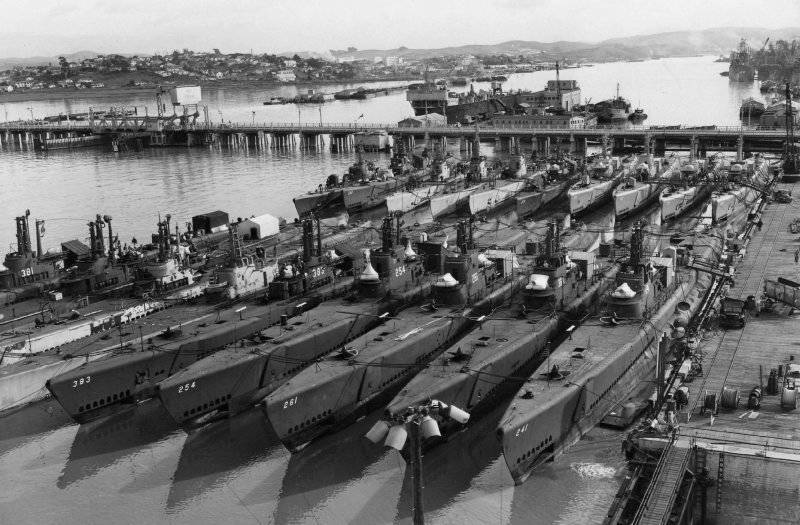
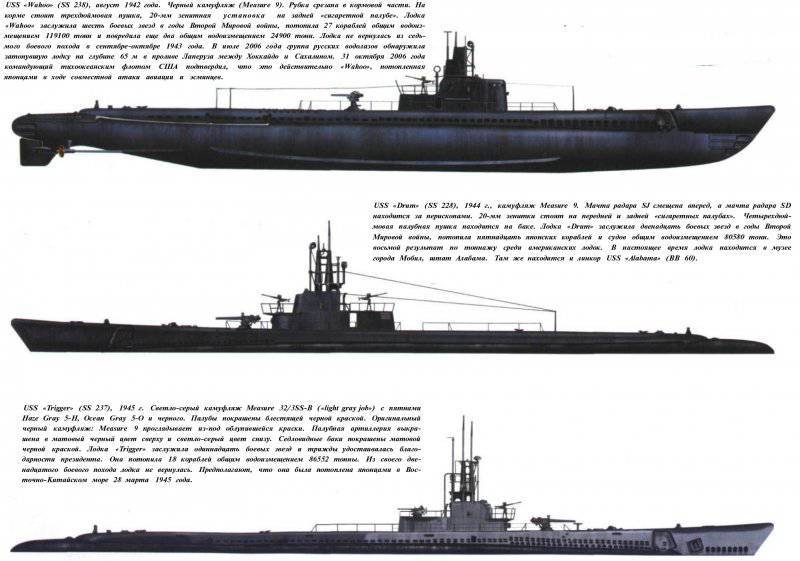
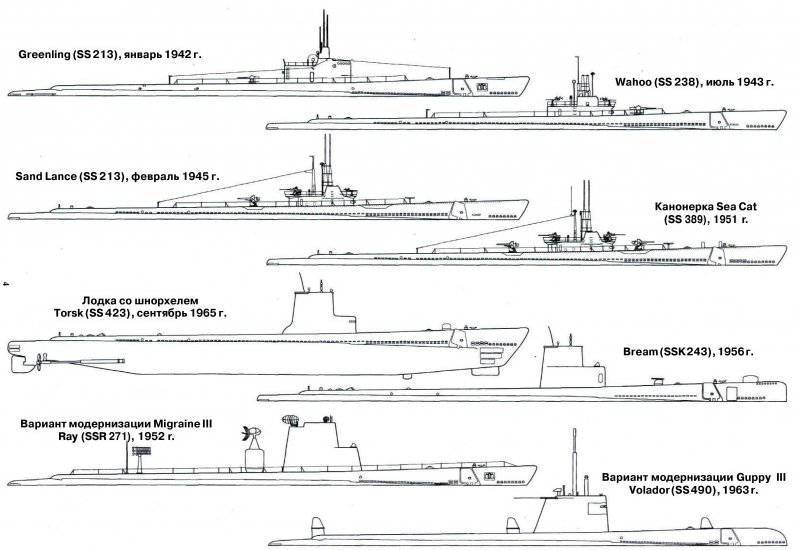
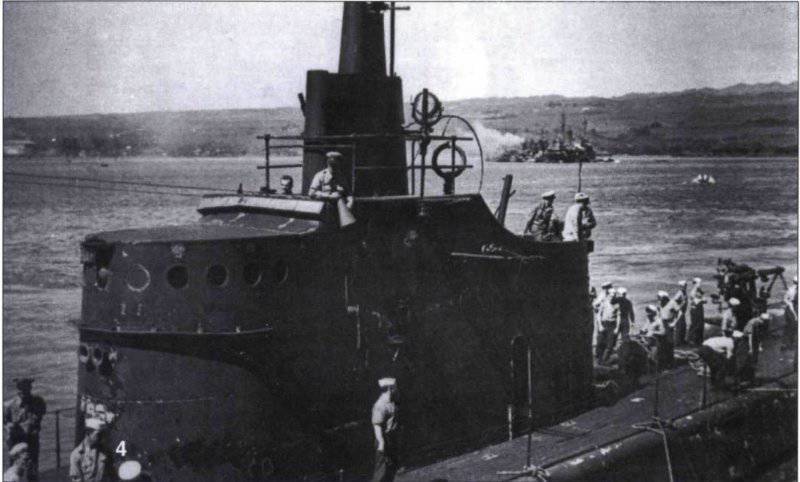
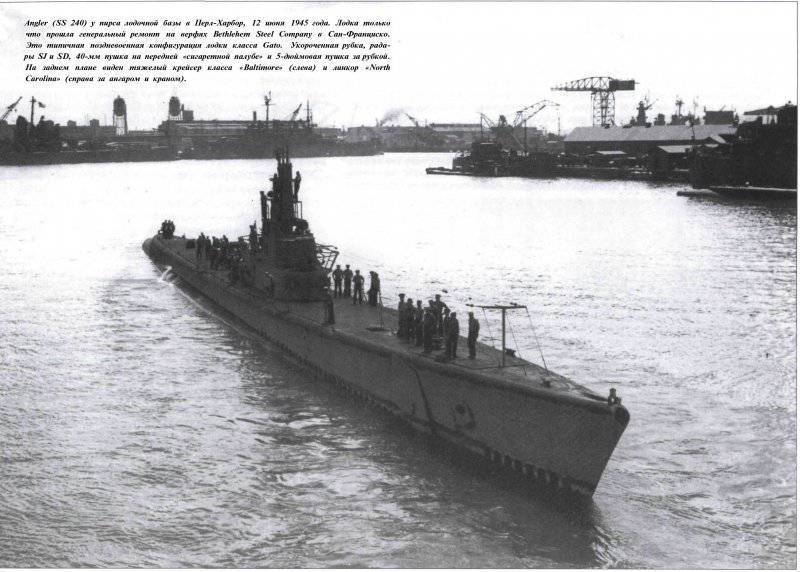
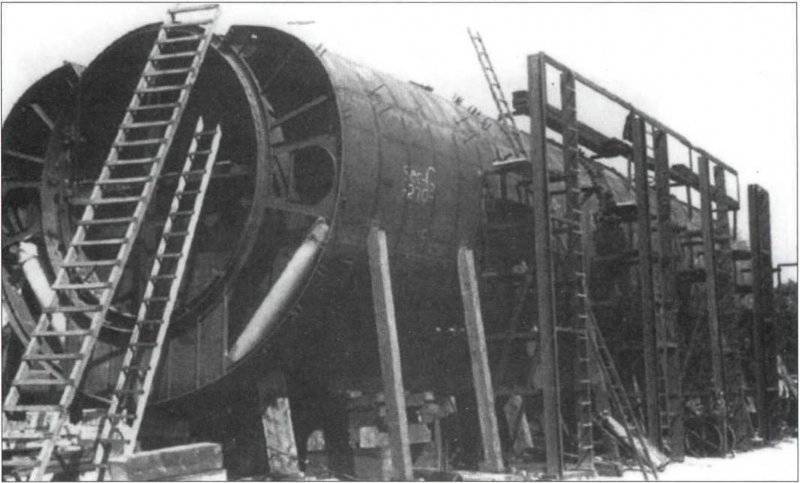
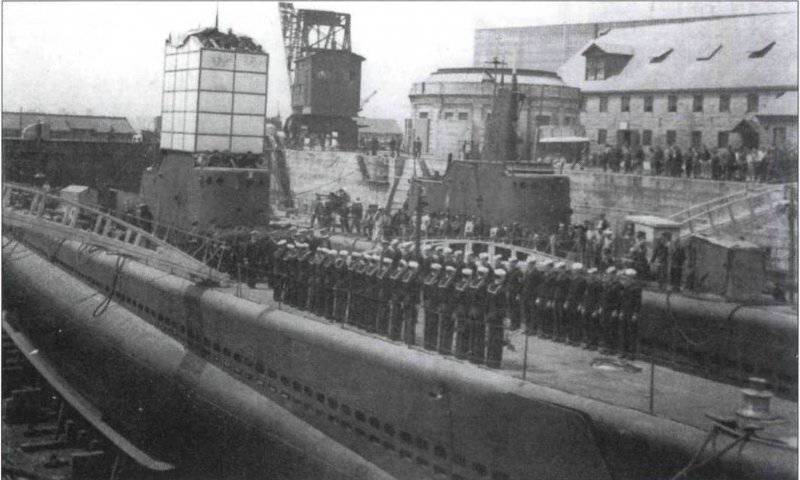
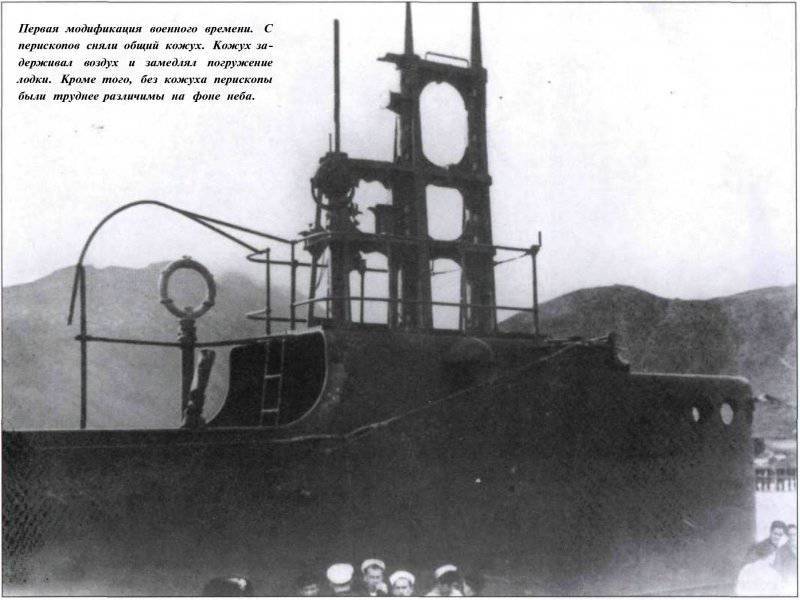
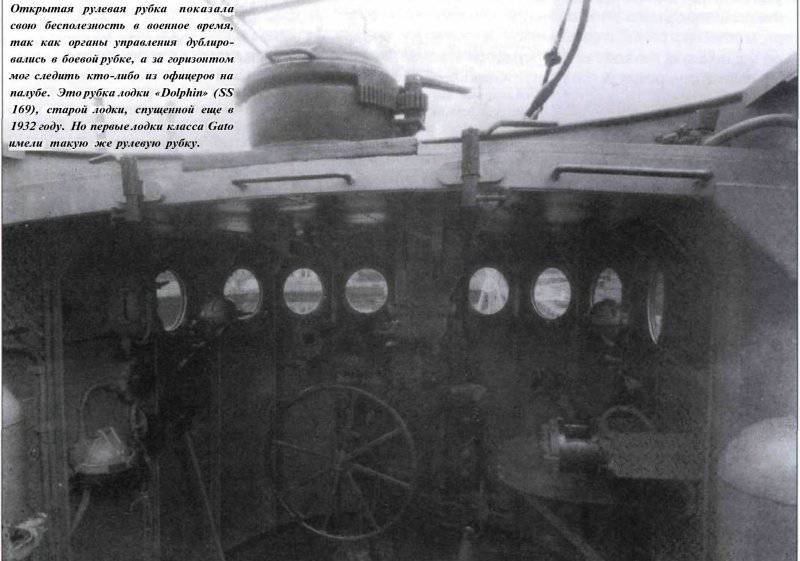
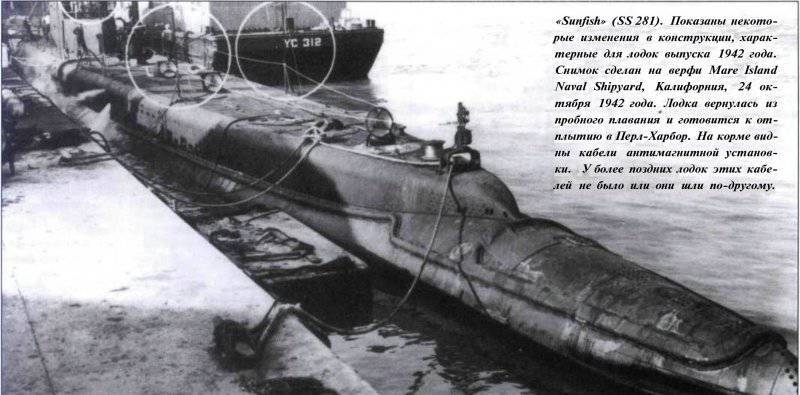
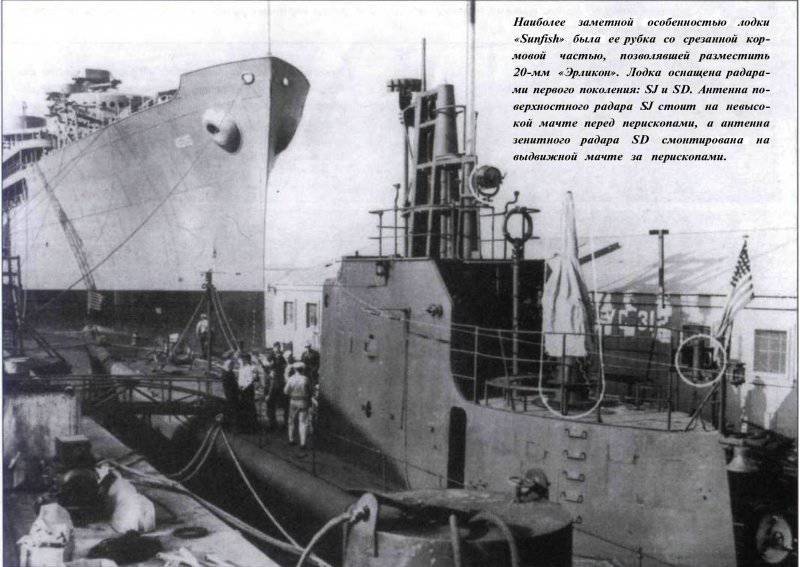
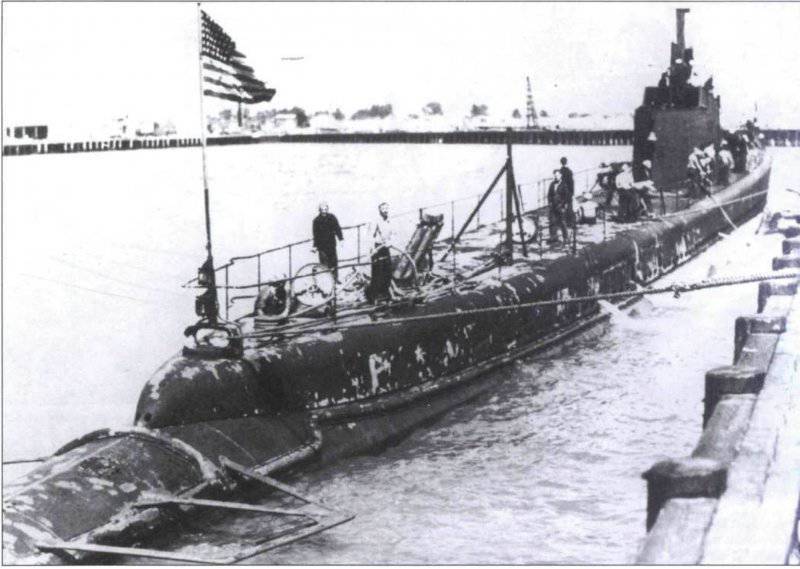
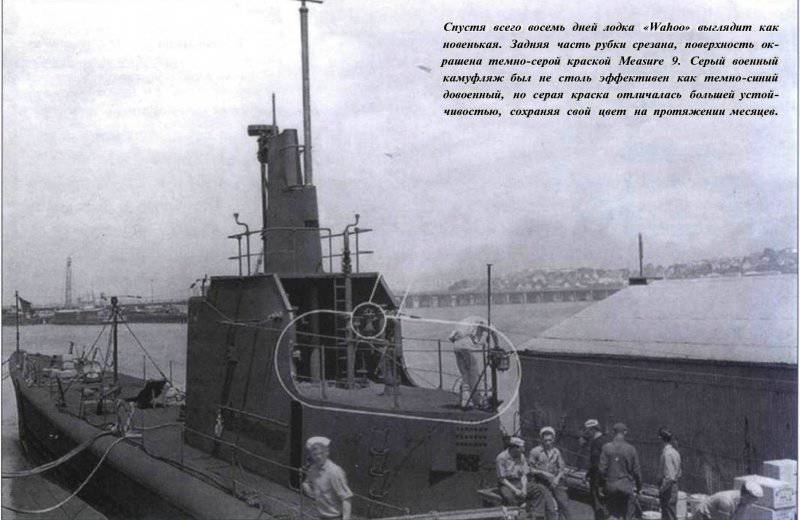
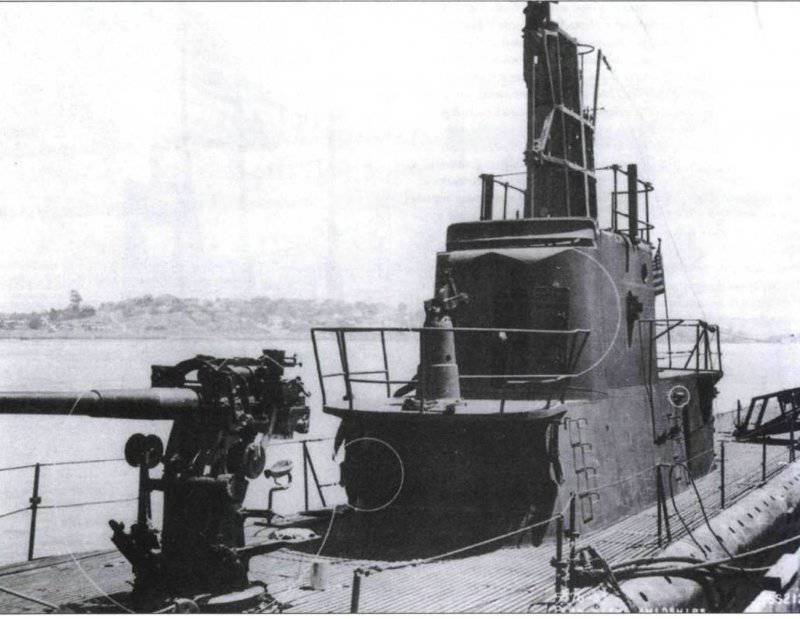
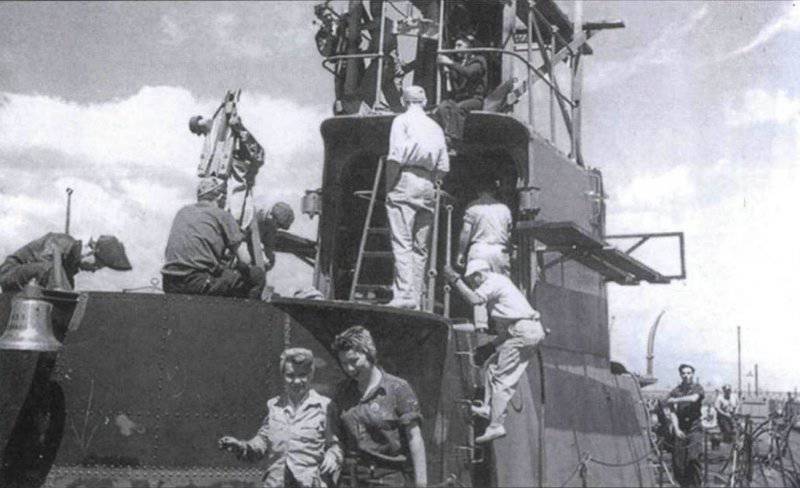
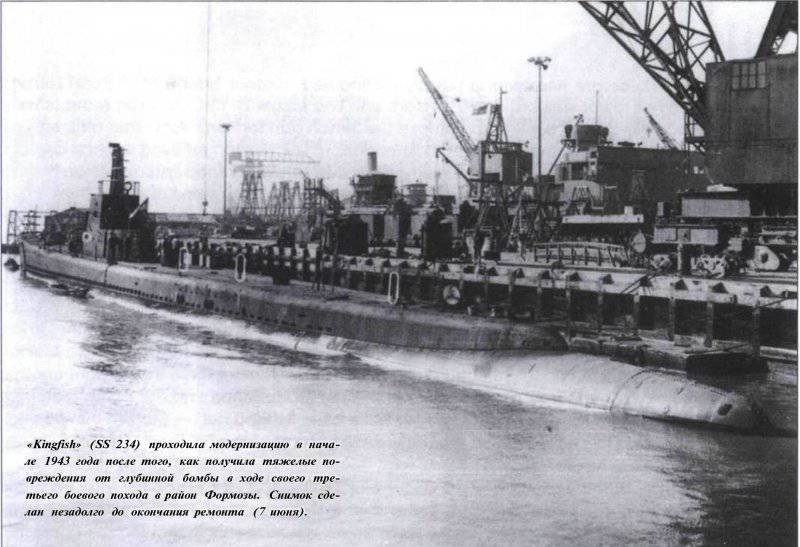
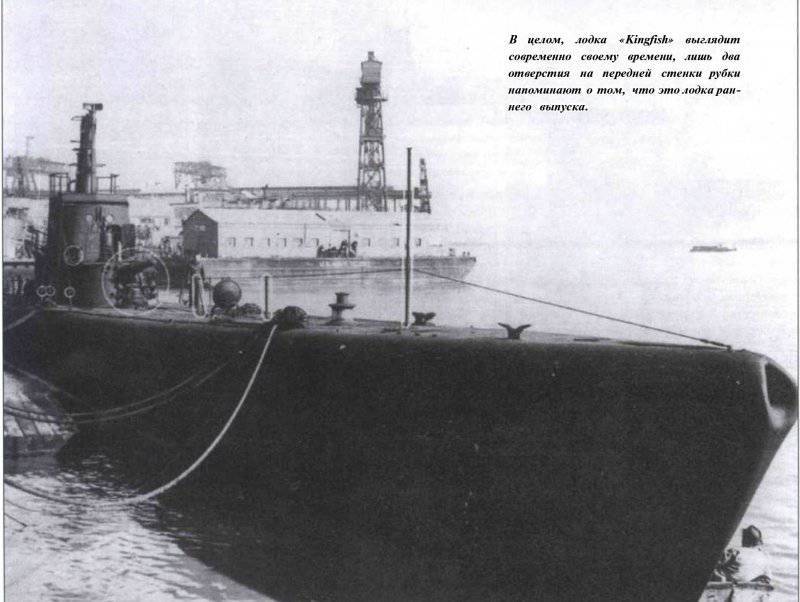
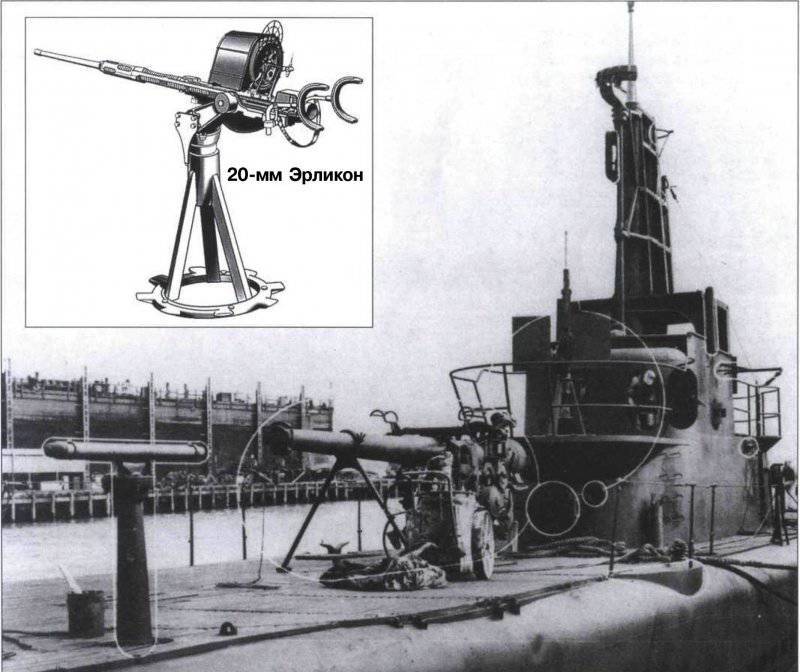
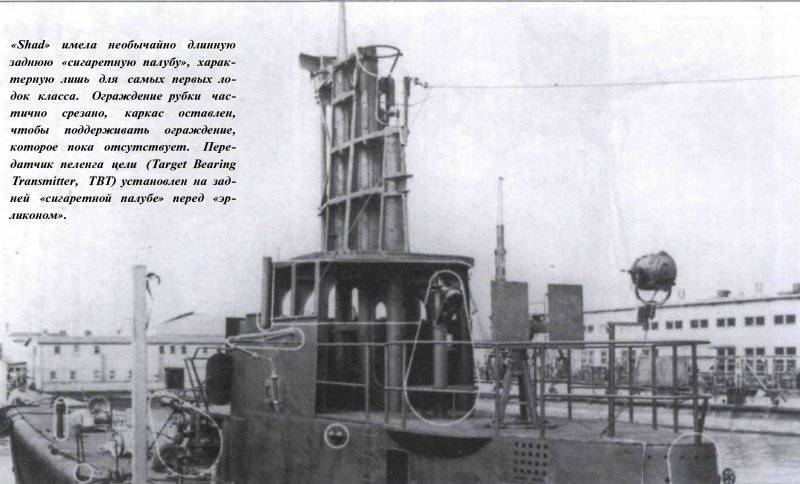
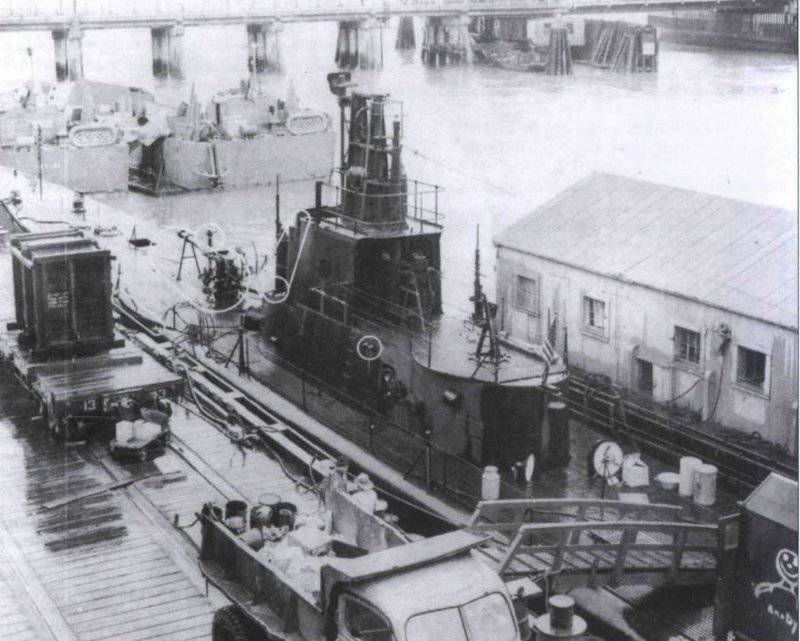
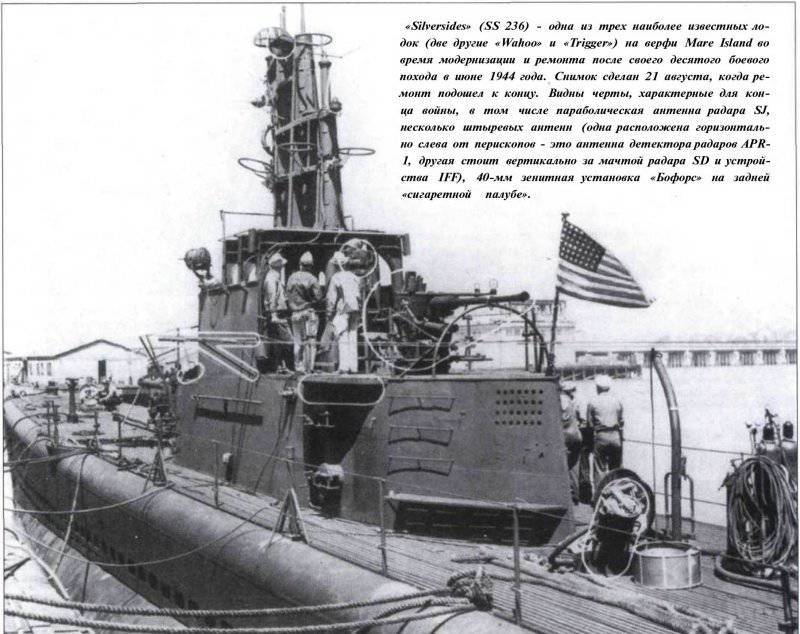
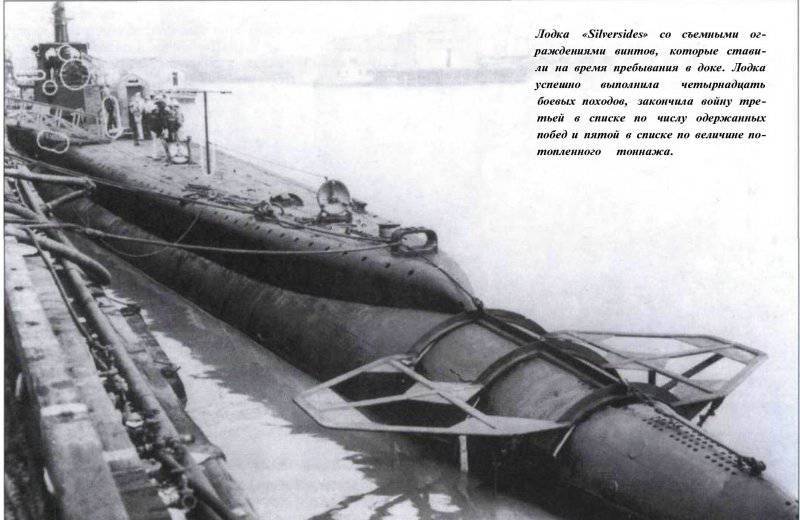
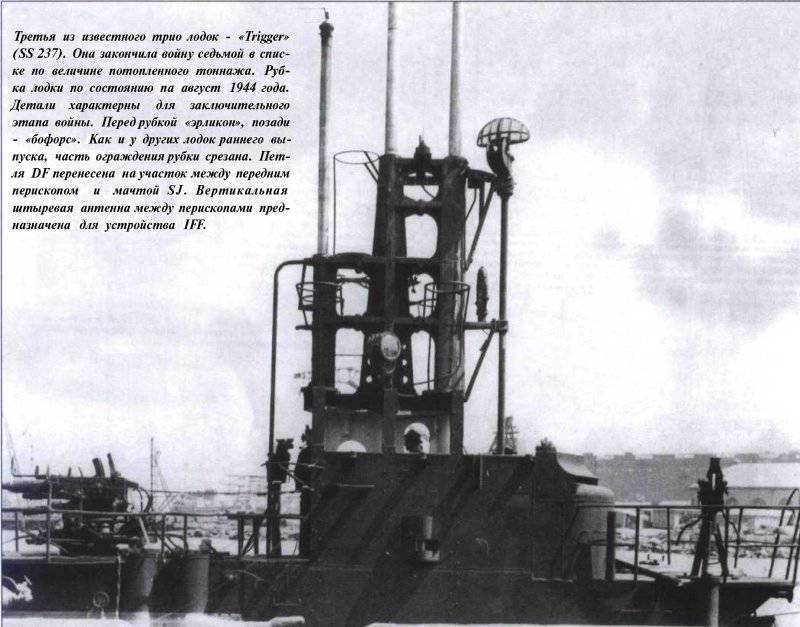
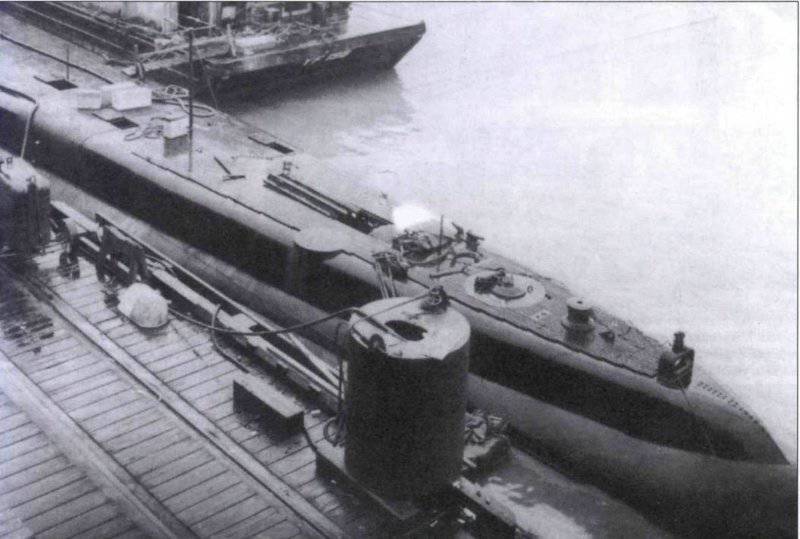
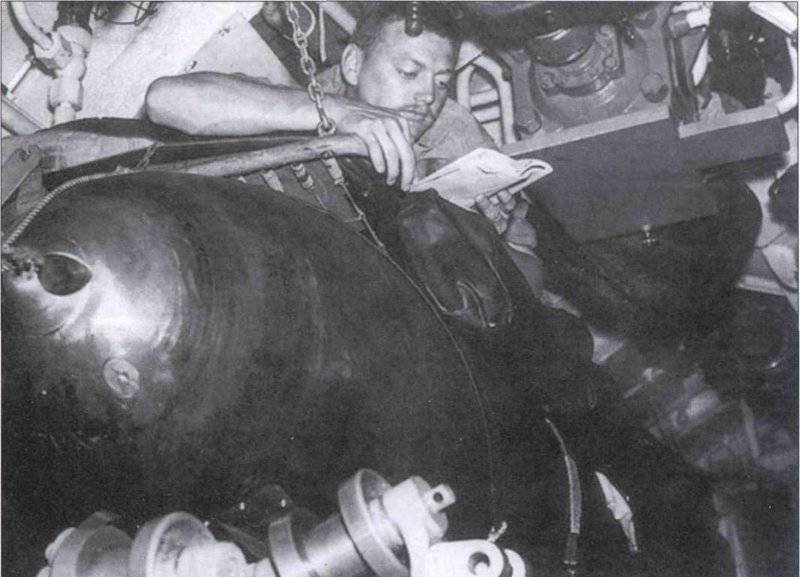
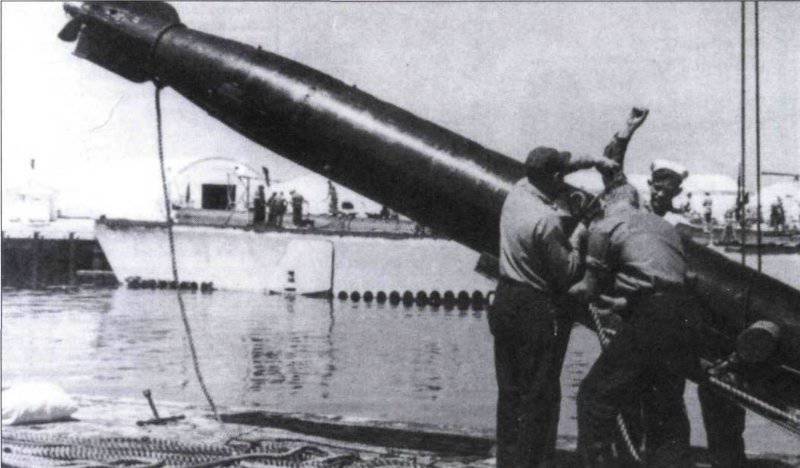
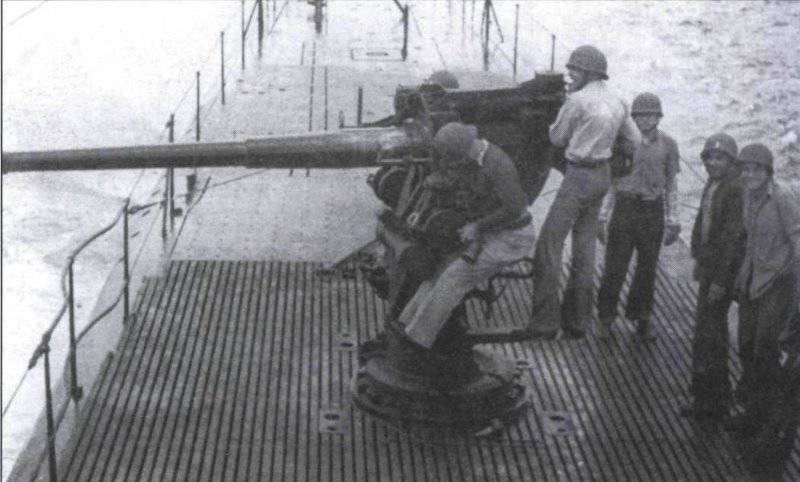
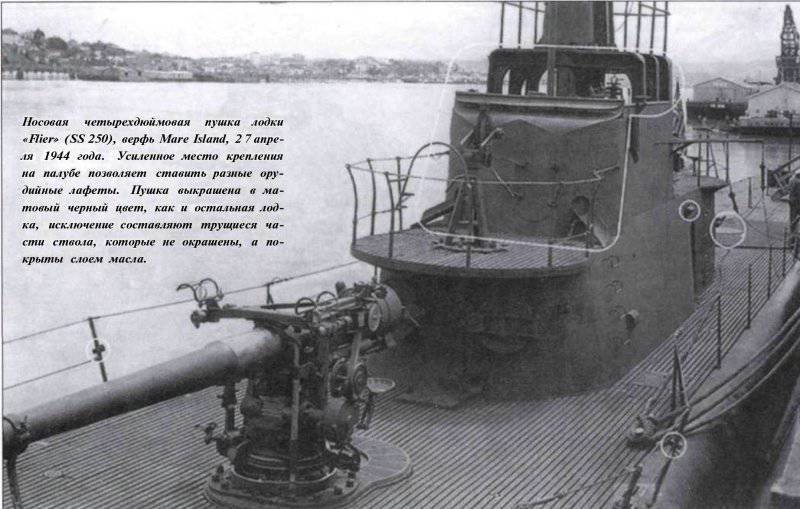
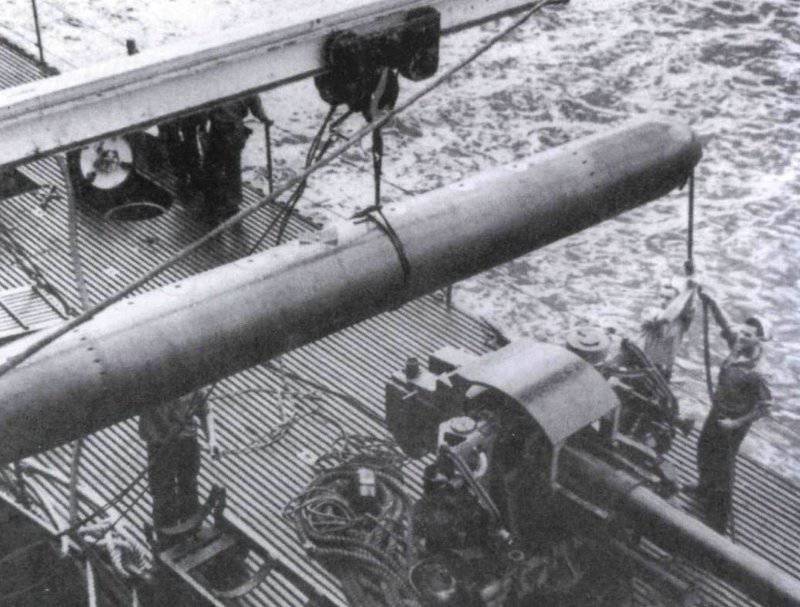
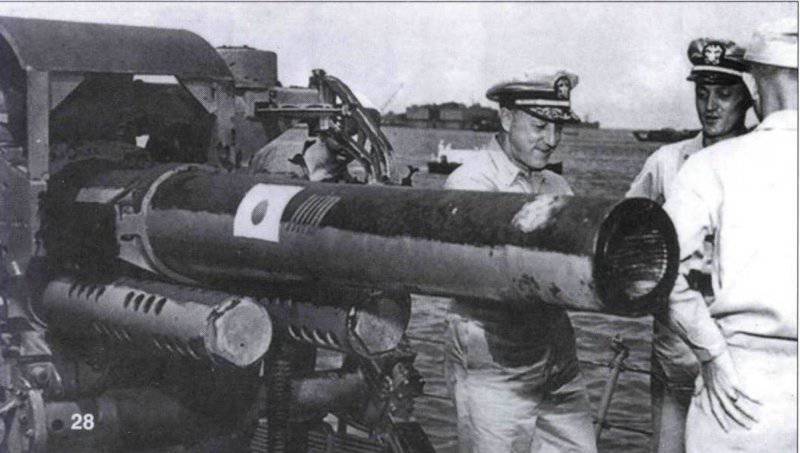
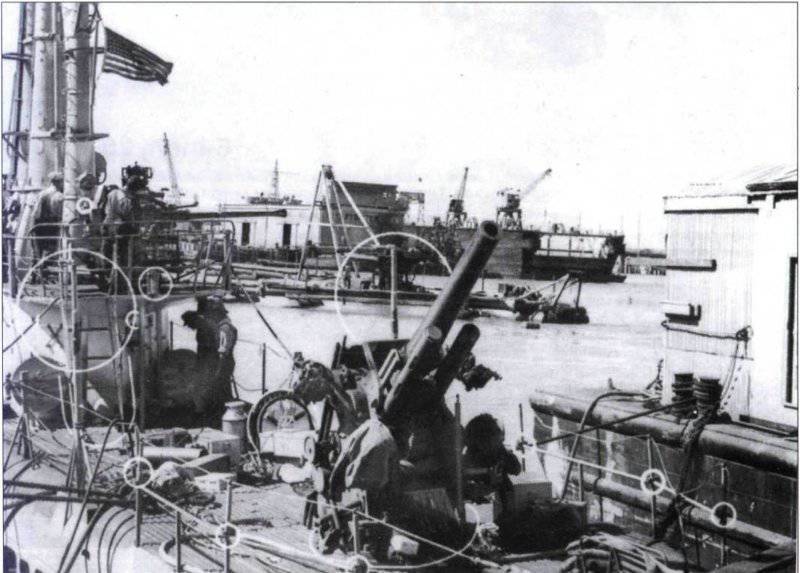
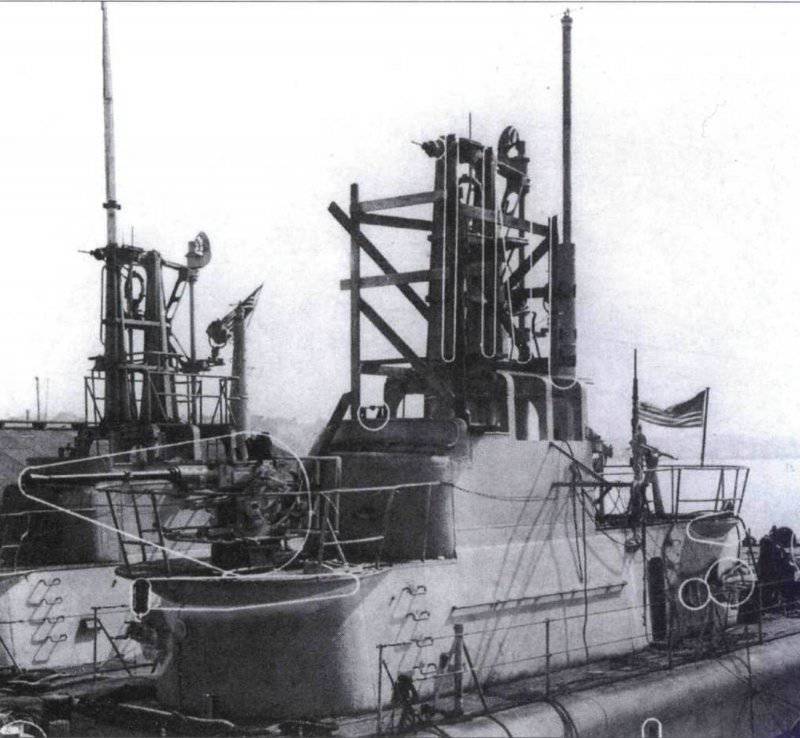
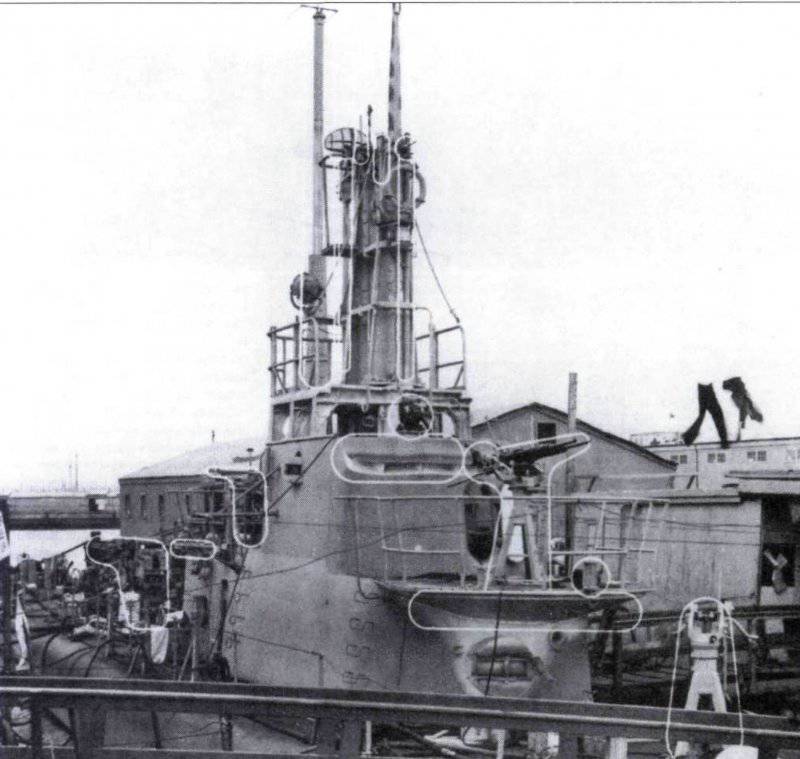
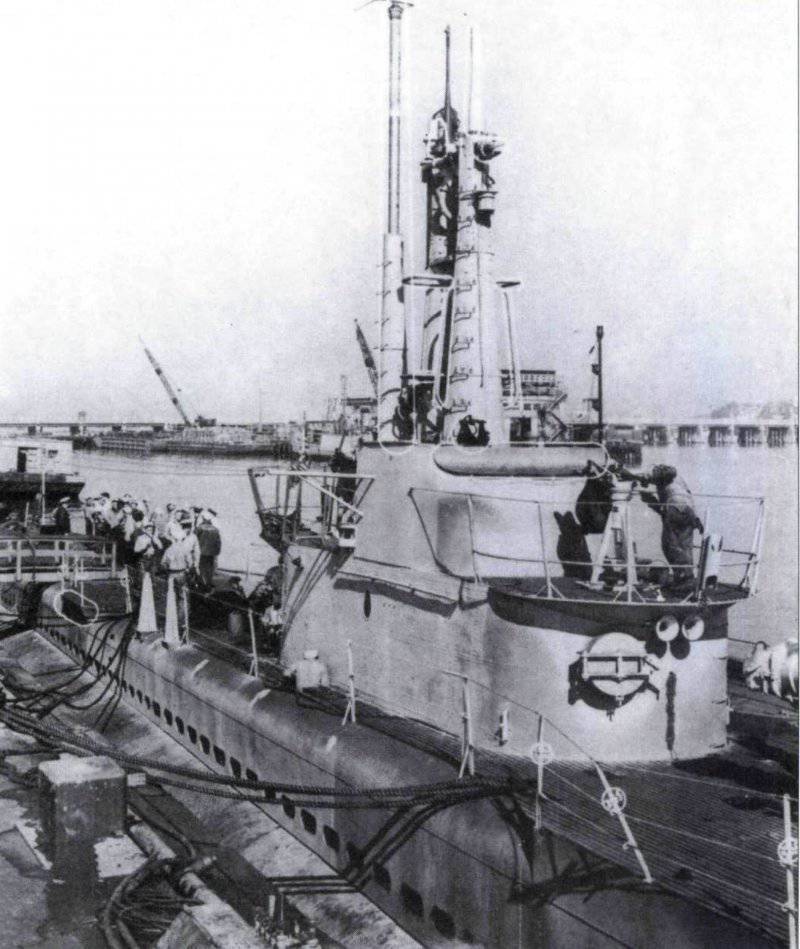
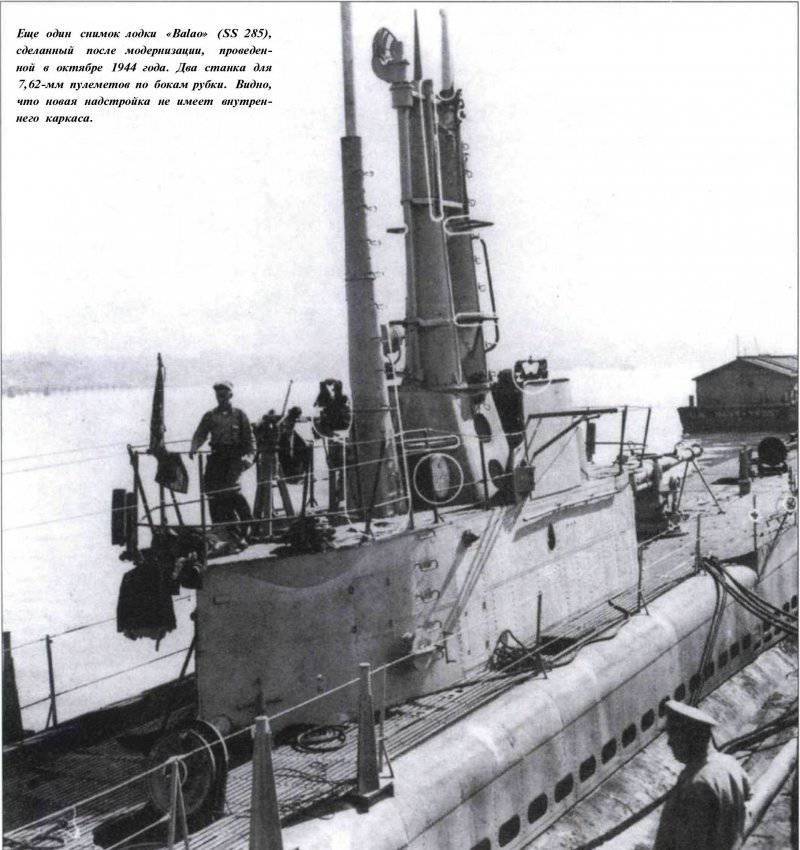
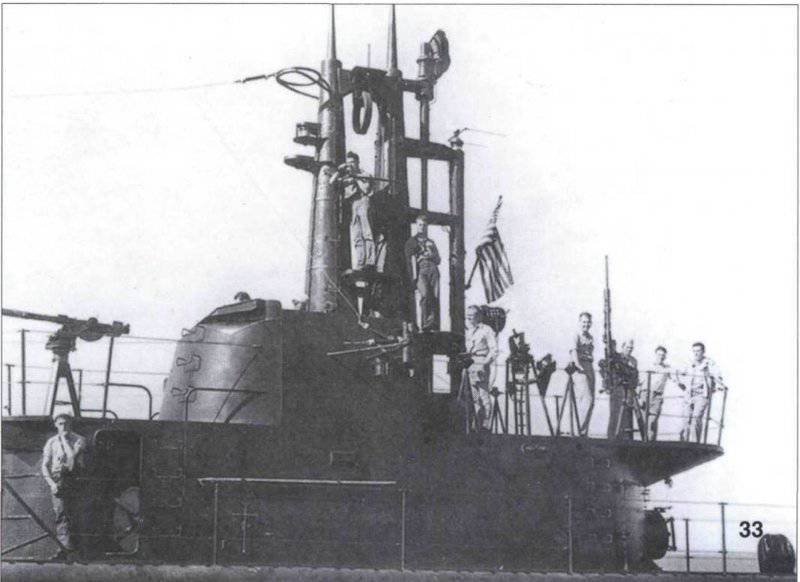
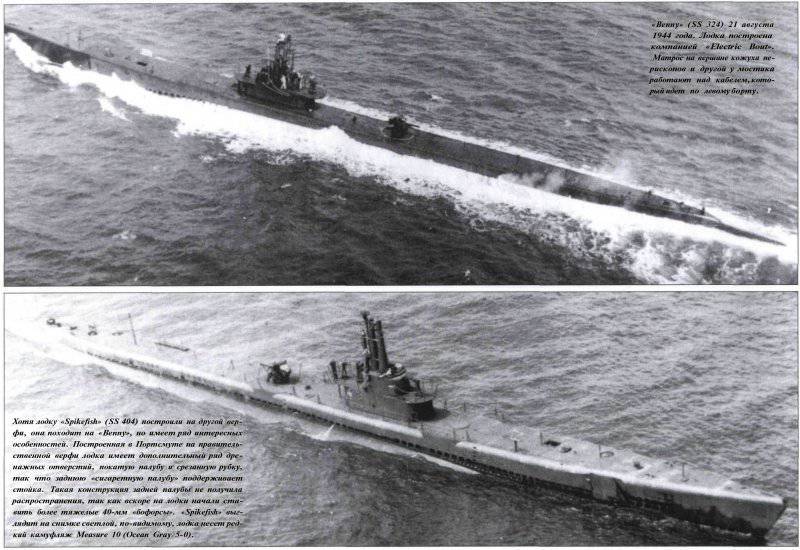
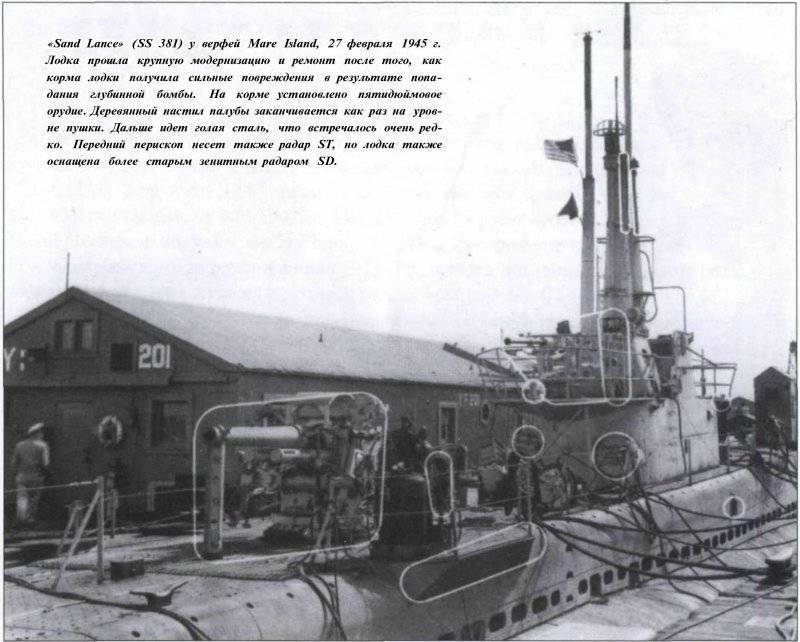
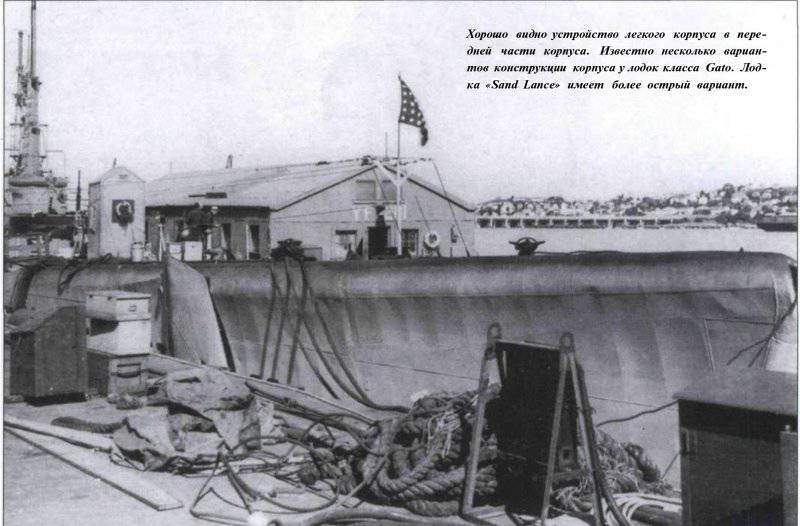
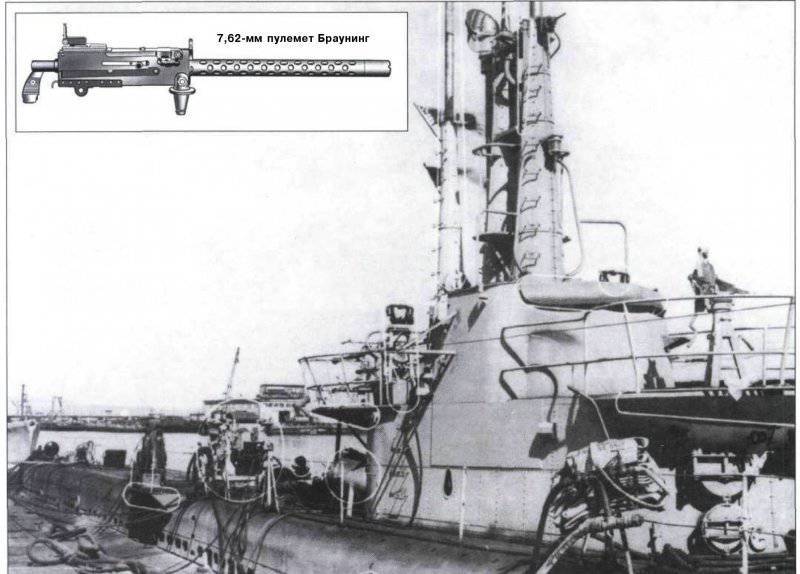
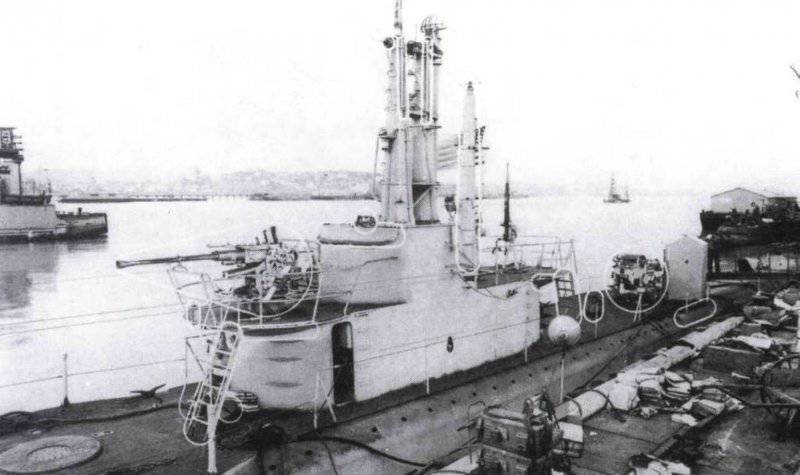
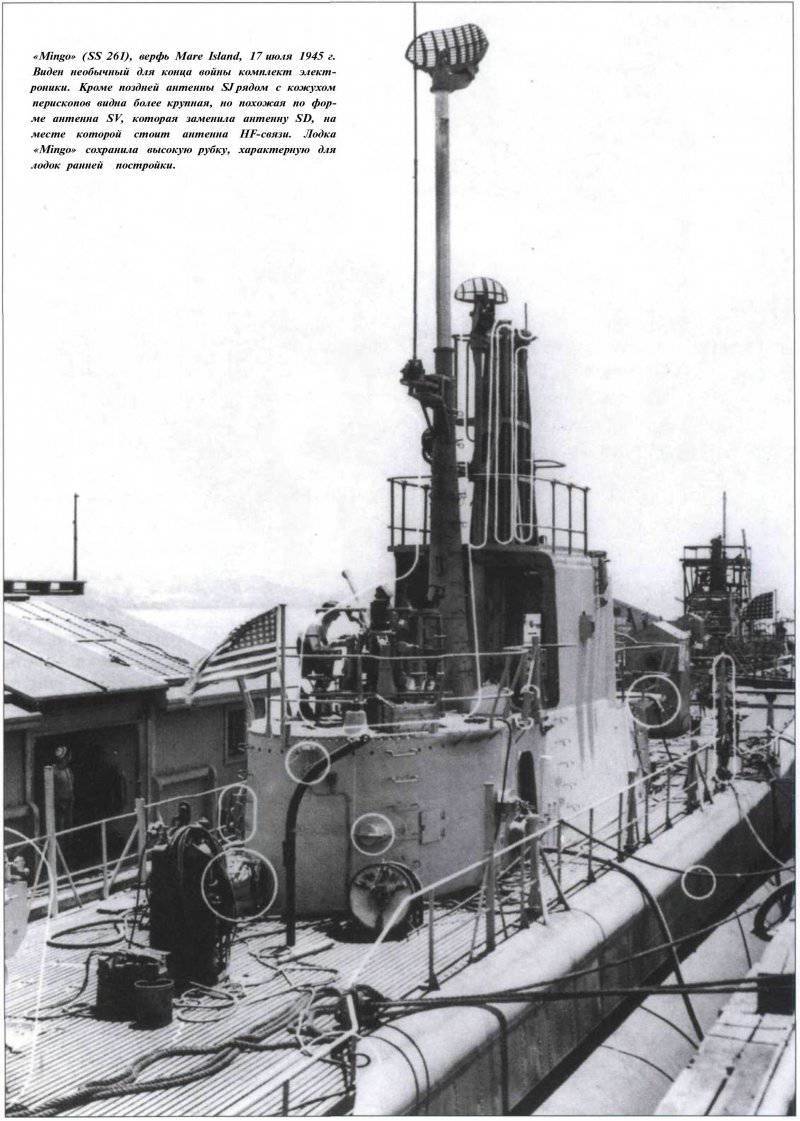
Information